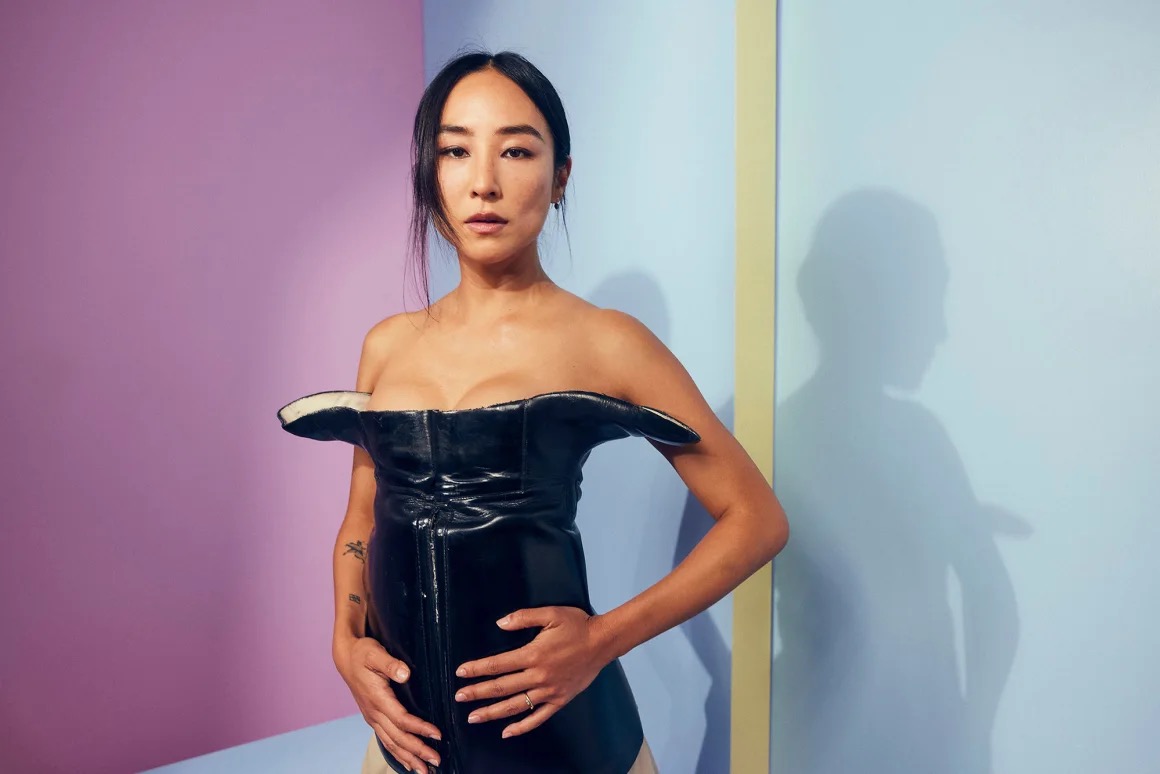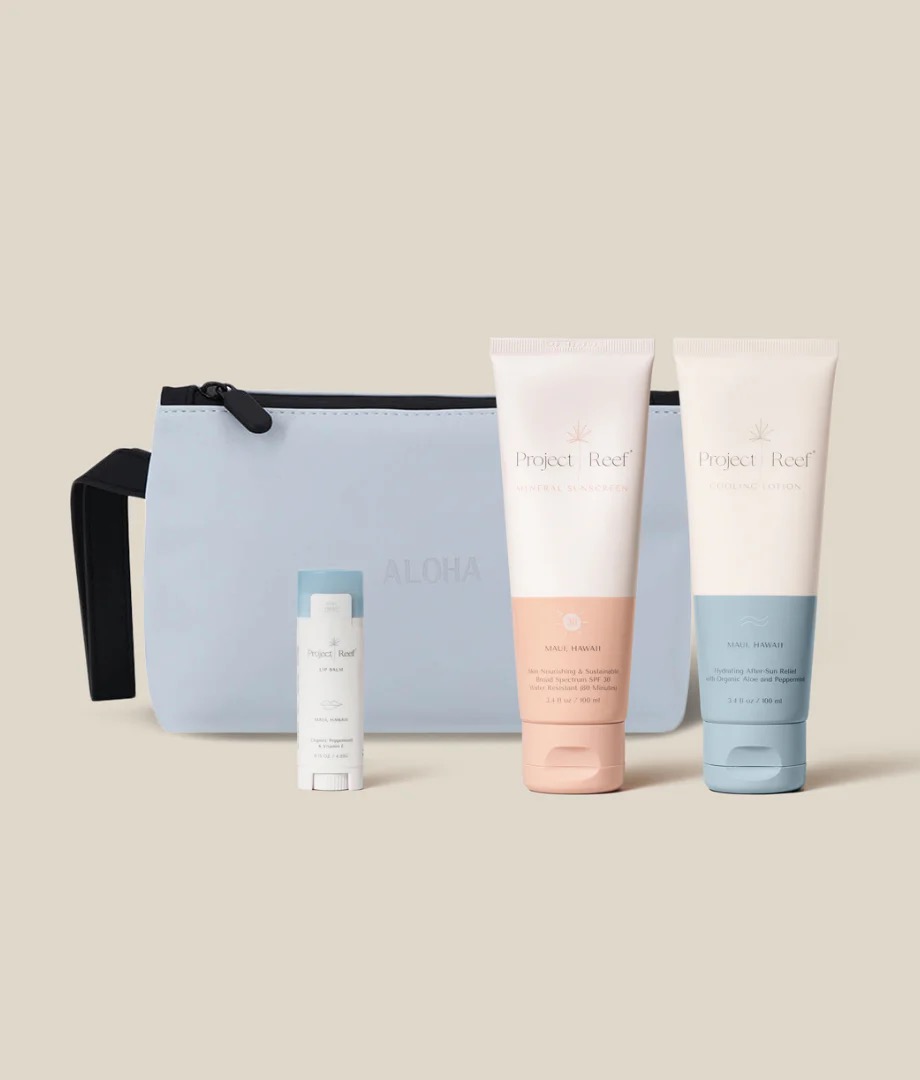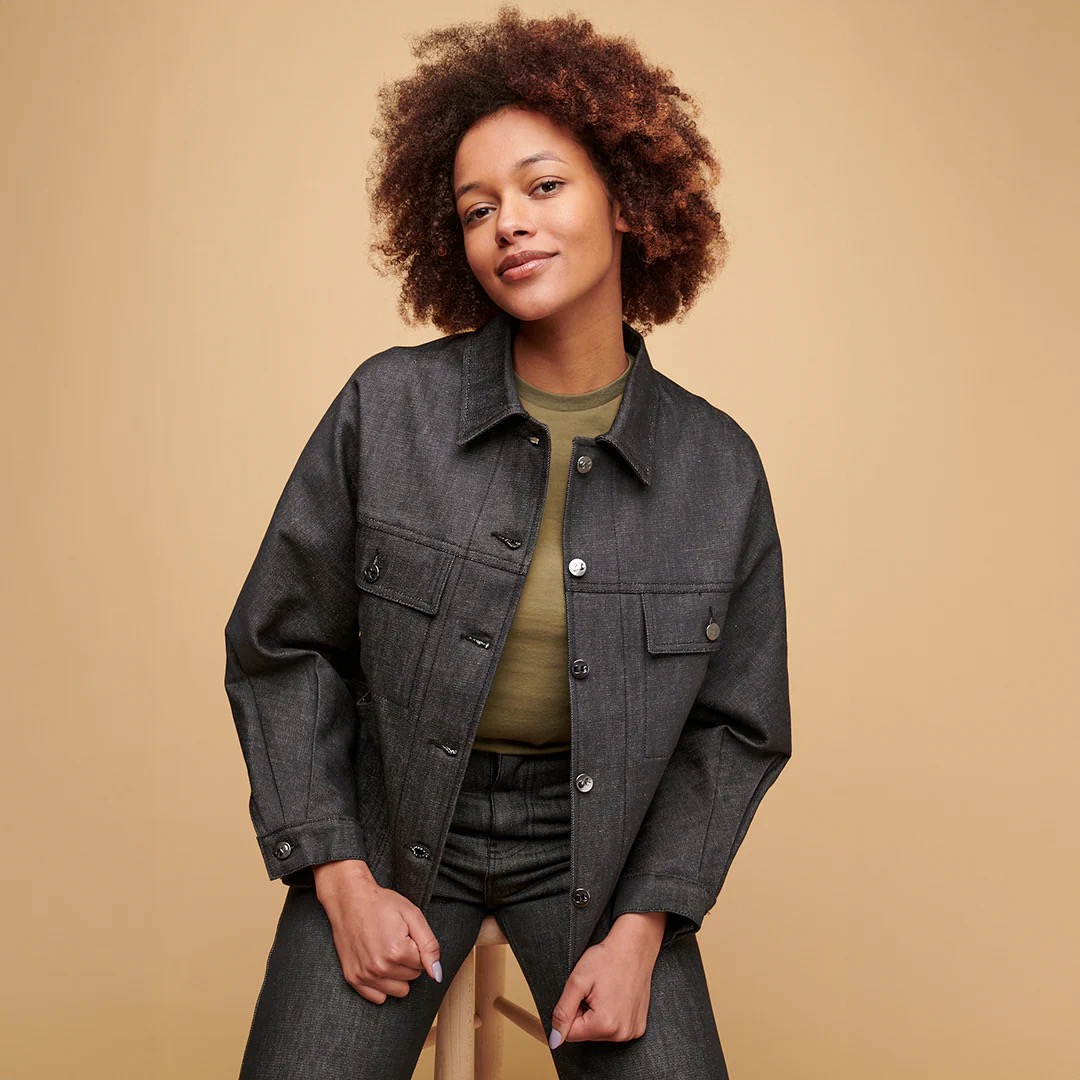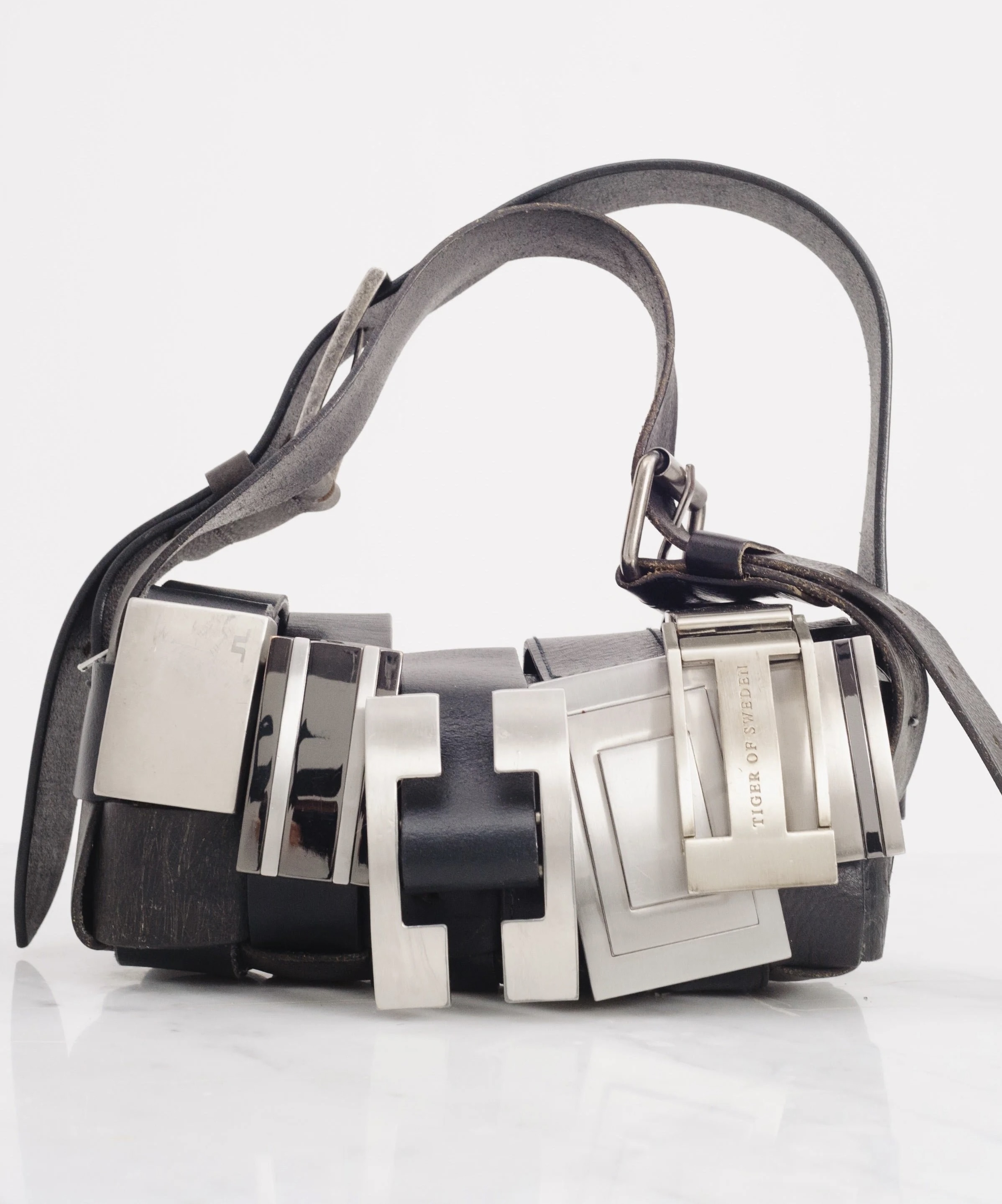
Rather than rushing back into structure, we at The EcoLeaderchose to pause. We call this moment Reset August. It is a time for gentle reentry – for grounding rather than acceleration, for clarity instead of noise. A cultural recalibration that returns us to rhythm, where rest becomes ritual and transition becomes part of the design.
In this spirit, The EcoLeader curates four regenerative essentials that don’t pull us back into routine, but gently guide us into resonance. Elegant, ethical, and deeply tactile, they invite reflection, clarity, and coherence.
1. Project Reef – Mineral Sun Care Rooted in Ocean Stewardship

Founded in 2022 by Maui-based entrepreneur Matt Roomet, Project Reef was born from a personal confrontation with environmental fragility: watching coral reefs near his home quietly deteriorate under the pressure of tourism, chemical sunscreens, and microplastic pollution. What began as concern soon became a calling. Rather than launching another clean beauty brand, Roomet set out to build a company rooted in ecological accountability and marine regeneration. Every formula at Project Reef begins with one non-negotiable principle: reef safety. Instead of chemical UV filters that threaten marine ecosystems, the brand uses non-nano zinc oxide — a mineral barrier that protects both skin and sea. Its SPF 30 and SPF 50 lotions are blended with organic shea butter, aloe vera, and coconut oil to nourish sun-exposed skin without residue or fragrance. The result is a mineral sunscreen that feels invisible but acts with integrity.
But protection isn’t the end goal — it’s the entry point. Each product purchased funds the removal of one pound of plastic waste from the ocean. Packaging is made from recycled aluminum and ocean-recovered plastics. All shipments are carbon neutral. Project Reef’s reef-safe commitment extends across every touchpoint, from sourcing to shipping. As a certified B Corporation and Climate Neutral brand, it backs its claims with structure and scrutiny. More than skincare, Project Reef offers a ritual of reorientation. Applying sunscreen becomes an act of stewardship — a reminder that what touches your body also touches the planet. It’s wellness not as performance, but as participation. A philosophy that aligns seamlessly with Reset August and the wider regenerative ethos of The EcoLeader.
2. Troubadour Goods – Circular Accessories with Intent

Troubadour Goods is a London-based accessories brand redefining what performance and elegance look like in a circular economy. Founded in 2011 by longtime friends Samuel Bail and Abel Samet, the company was born out of frustration with the lack of sustainable options in the premium bag market. Their solution? Accessories that marry minimalist British design with long-life functionality and fully regenerative materials. Every product is designed to last over a decade, with timeless silhouettes that transcend trend cycles. The brand’s most iconic collection, Orbis Circular, uses recycled polyester derived from post-consumer waste, fluorocarbon-free waterproofing, and a take-back program that ensures bags never end up in landfill. Each bag is engineered with silent zippers, breathable linings, and ergonomically balanced straps – crafted not only for style, but for physical ease during everyday movement.
Troubadour is proudly B-Corp certified, transparent in its sourcing, and recently won the Red Dot Award and a Marie Claire Sustainability Award for its innovation. Their commitment also extends to equitable supply chain partnerships and renewable energy manufacturing. With a firm belief that luxury should never come at the planet’s expense, Troubadour Goods builds bags for people who travel light but think deep.
https://www.troubadourgoods.com
3. Community Clothing – Craft, Care & Circular Design

In a market saturated with seasonal turnover and synthetic quick fixes, Community Clothing offers something refreshingly enduring: integrity stitched into every thread. Founded by British designer and BBC Great British Sewing Bee judge Patrick Grant, the brand was born out of a deep concern for the unraveling of the UK’s once-thriving textile industry — and the communities left behind in its wake. What began as a grassroots response has since evolved into a national movement to reconnect clothing with care, and craft with livelihood. Based in Blackburn, Lancashire – once the beating heart of Britain’s cotton trade – Community Clothing partners with over 30 independent factories and workshops across the UK. Each garment is made locally by highly skilled workers, many of whom have been operating machinery and sewing lines for decades. The goal isn’t just to manufacture garments. It’s to regenerate regional economies, preserve heritage skills, and ensure that fashion remains a dignified trade.
Community Clothing’s collections defy trend cycles. There are no seasonal drops or artificial scarcity tactics. Instead, the brand offers a core range of everyday staples – selvedge denim jeans, chore jackets, classic tees, overshirts — all made with durable natural fibers and priced transparently. Affordability is not achieved through offshoring or cutting corners, but by removing unnecessary retail markups. The brand operates direct-to-consumer and sells at one honest price year-round. No sales. No gimmicks. Just fairness. The commitment to circularity runs deep. Every garment is made to last, and when repairs are needed, Community Clothing offers in-house mending services to extend the life of each piece. Surplus fabric is routinely upcycled into limited-edition capsule runs, and supply chains are fully traceable — not just on paper, but in lived community relationships. The brand also runs educational programs and collaborates with local schools and job centers to inspire the next generation of makers.
Community Clothing champions reminds us that style doesn’t have to be exploitative to be expressive – and that real sustainability begins with structural fairness. The garments are clean, considered, and quietly powerful. But more importantly, they are symbols of a broader vision: a fashion economy that restores instead of extracts. Community Clothing is a blueprint for textile sovereignty – and a future where every purchase becomes a vote for craftsmanship, transparency, and human dignity.
https://communityclothing.co.uk/
4. Ellen Hodakova Larsson – Couture from the Discarded

Swedish designer Ellen Hodakova Larsson is fashion’s poet laureate of material resurrection. Winner of the 2024 LVMH Prize and a regular feature at Dover Street Market, her label Hodakova transforms deadstock and found objects into garments that feel sculptural, intimate, and quietly defiant. Think tuxedo vests restructured from vintage belts, ballgowns stitched from surplus industrial zippers, and ready-to-wear built on improvisation and intentional imperfection.
What sets Larsson apart is not just her materials, but her method – a design language that listens before it dictates. Every piece begins with what the industry might dismiss as waste: leftover upholstery, discarded hardware, forgotten trims. In her Stockholm studio, these fragments are recontextualised through hand-construction, draping, and raw-edge detailing, resulting in garments that carry the complexity of their origins with grace. Hodakova is less a fashion label than a practice of textile storytelling. Her silhouettes are often asymmetrical, her fastenings visible, her seams unruly — not out of rebellion, but reverence. There is no erasure in her process. Every stitch honours the material’s past life, while nudging it into a new one. In a world obsessed with polish, Hodakova is about presence.
This regenerative ethos goes beyond aesthetics. Hodakova’s collections are produced in limited quantities with a near-zero-waste approach. Her studio functions as both a couture lab and a cultural inquiry, asking what happens when we stop designing for trend and start designing for truth. There are no seasons, only cycles – and each garment is built to last beyond them. For a generation craving authenticity and cultural substance, Hodakova offers more than clothes. She offers a philosophy: that what has been cast aside still holds value – artistic, ecological, and emotional. Her work reminds us that in the age of disposability, nothing is more radical than making something lasting and alive from what was once overlooked.
These four pieces are touchstones. Each one designed to support the shift from overstimulation to presence, from consumption to connection. As summer’s saturation fades and autumn’s structure returns, these objects – sensory, soulful, systemic – help bridge the space between who we were and who we are becoming. Welcome back.